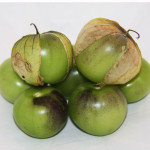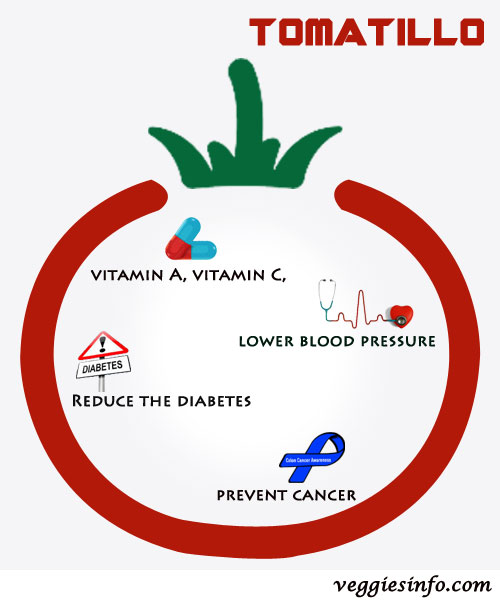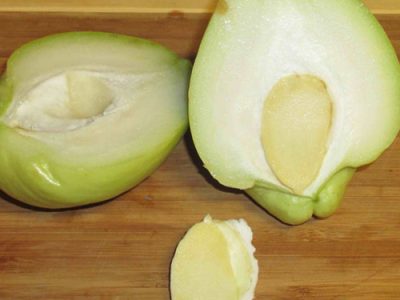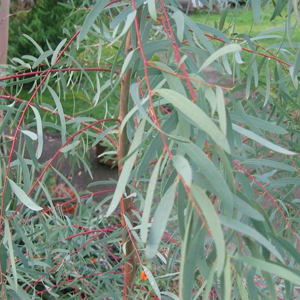
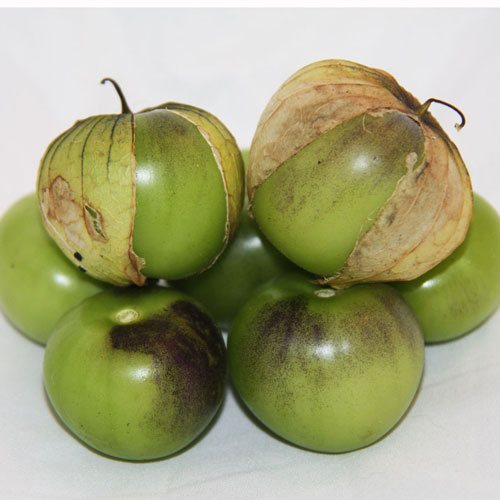
Tomatillo : Uses , Health Facts , Nutrition Know How
About Tomatillo aka Mexican husk tomato
Scientifically known as Physalis Philadelphica Tomatillo are also known as ‘tomate verde’ in Mexico which translates to Green tomato in English. They are largely grown in western hemisphere and are popular in Vegas gardens. They are as small as cherry tomatoes and covered in a husky papery shell; this shell may be light green to brown in color which varies from time to time. The matured ones have brown husk and the unmatured ones have a green husk. These husks are not for human consumption and are supposed to be removed before consuming these green veggies. Tomatillo should be consumed as soon as it is plucked from the plant, if one decides to store it then they should be kept intact with their husk which prevents them from spoilage.
Tomatillo Nutrition Value
- Tomatoes are a rich source of vitamins A and C and folic acid.
- Contain a wide array of beneficial nutrients and antioxidants, including alpha-lipoic acid, lycopene, choline, folic acid, beta-carotene and lutein.
Tomatillo Health benefits
- Prevent damage caused by the sun, pollution and smoke, smooth wrinkles Improve overall skin texture.
- Tomatoes can help to keep you hydrated and your bowel movements regular Minimizing constipation.
- Adding bulk to the stool Essential for Pregnant Women to protect against neural tube defects in infant.
Tomatillo Interesting Facts
The Aztecs first grew tomatillos as far back as 800 B.C. Their word for them was “miltomatl”. They have been popular in Mexico and other Latin American countries for many years. In t he US, they are mainly grown in Texas.
| Principle | Nutrient Value | Percentage Of RDA |
| Energy | 32 Kcal | 1.5% |
| Carbohydrates | 5.84 g | 4.5% |
| Protein | 0.96 g | 1.5% |
| Total Fat | 1.02 g | 4% |
| Cholesterol | 0 mg | 0% |
| Dietary Fiber | 1.9 g | 4% |
| Vitamins | ||
| Folates | 7 µg | 2% |
| Niacin | 1.850 mg | 11.5% |
| Pyridoxine | 0.056 mg | 4% |
| Thiamin | 0.044 mg | 4% |
| Vitamin A | 114 IU | 4% |
| Vitamin C | 11.7 mg | 20% |
| Vitamin E | 0.38 mg | 2% |
| Vitamin K | 10.1 µg | 8.5% |
| Electrolytes | ||
| Sodium | 1 mg | 0% |
| Potassium | 268 mg | 6% |
| Minerals | ||
| Calcium | 7 mg | 1% |
| Copper | 0.079 mg | 10% |
| Iron | 0.62 mg | 8% |
| Magnesium | 20 mg | 5% |
| Manganese | 0.153 mg | 6.5% |
| Phosphorus | 39 mg | 5.5% |
| Selenium | 0.5 µg | 1% |
| Zinc | 0.22 mg | 2% |
| Phyto-nutrients | ||
| Carotene-ß | 63 µg | — |
| Carotene-a | 10 µg | — |
| Lutein- zeaxanthin | 467 µg | — |
| Lycopene | 0 µg | — |
Tomatillo is a low a calorie and a low saturated fat food. It has a high nutrition value that is beneficial to the body. Tomatillo is also known for being abundant in vitamin C. A single serving or a cup of chopped tomatillo consists of 42 calories which constitutes for 2% of the ideal 2000 calorie diet that one should follow. They have the ability to keep you full for a longer period of time without necessarily adding to the calorie meter. Known for is high vitamin C content one cup of tomatillo contains 15.4 mg of vitamin C. This constitutes for about 17 % of recommended value of intake in men and 21% of daily recommended value in women respectively. Another nutrient apart from vitamin C that is present in tomatillo is fibre. The rich fibre content enables bulky stool and a smooth digestion. One cup of tomatillo contains 2.6 g of fibre. This meets 10% of daily recommended intake for women and 7% for men. Fibre is also responsible in reducing blood sugar levels and keeping blood pressure under control. Diabetic patients should indulge in eating more tomatillo. Niacin is a compound that helps in transforming food into energy and enhances the cell communication in the body. One cup of tomatillo contains 15% of daily recommended value of niacin for men and 17% for women respectively. Lately studies have proven
How to Enjoy Tomatillo
Tomatillo forms the heart of Mexican salsa and can be consumed in many ways; every region has its own style of eating tomatillo. The raw version of tomatillo is used in making ‘salsa verde ‘which is made by using tomatillo, peppers and herbs. Another method of cooking tomatillo is
by blanching them and using them as a puree in any recipe. Blanching mellows down the tanginess of the food and makes a little sweeter and subtle. Grilling is method of cooking that gives a smoky flavour to the food. Char grill the tomatillo and add them to your barbeques. Dry roasting tomatillo is a time consuming process yielding tasty results. This method will not leave you with mushy tomatillos instead will roast the skin evenly from the outside and cook the vegetable well inside.

